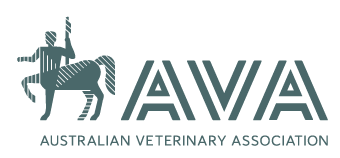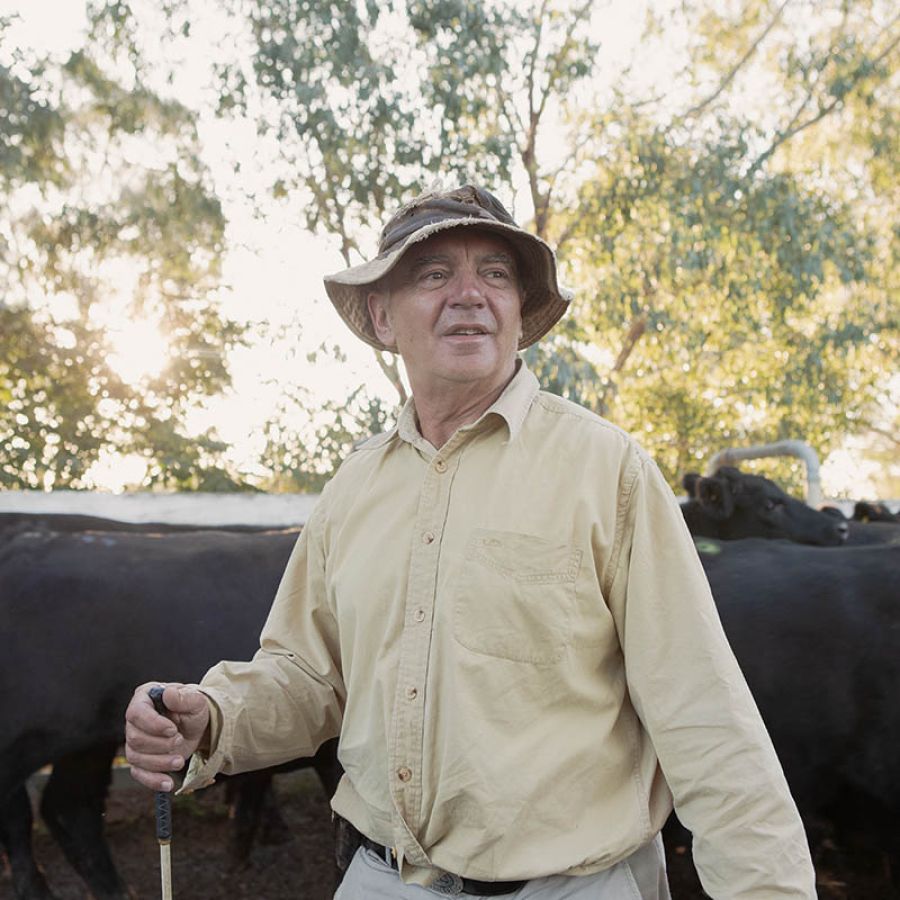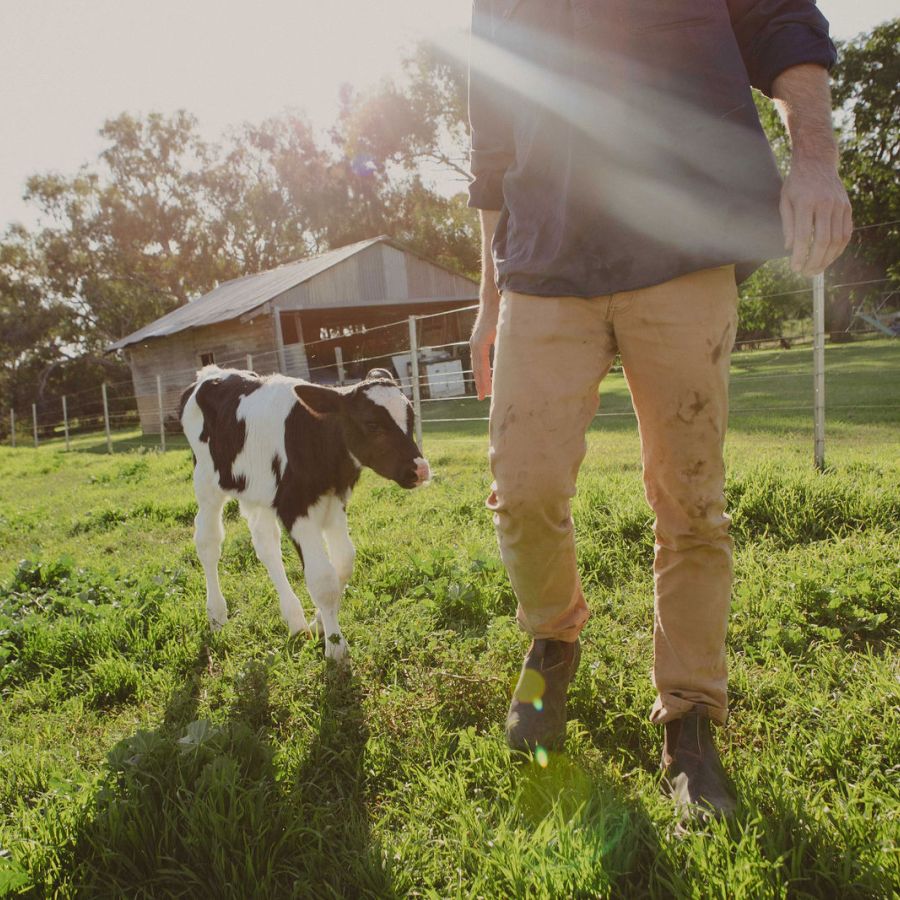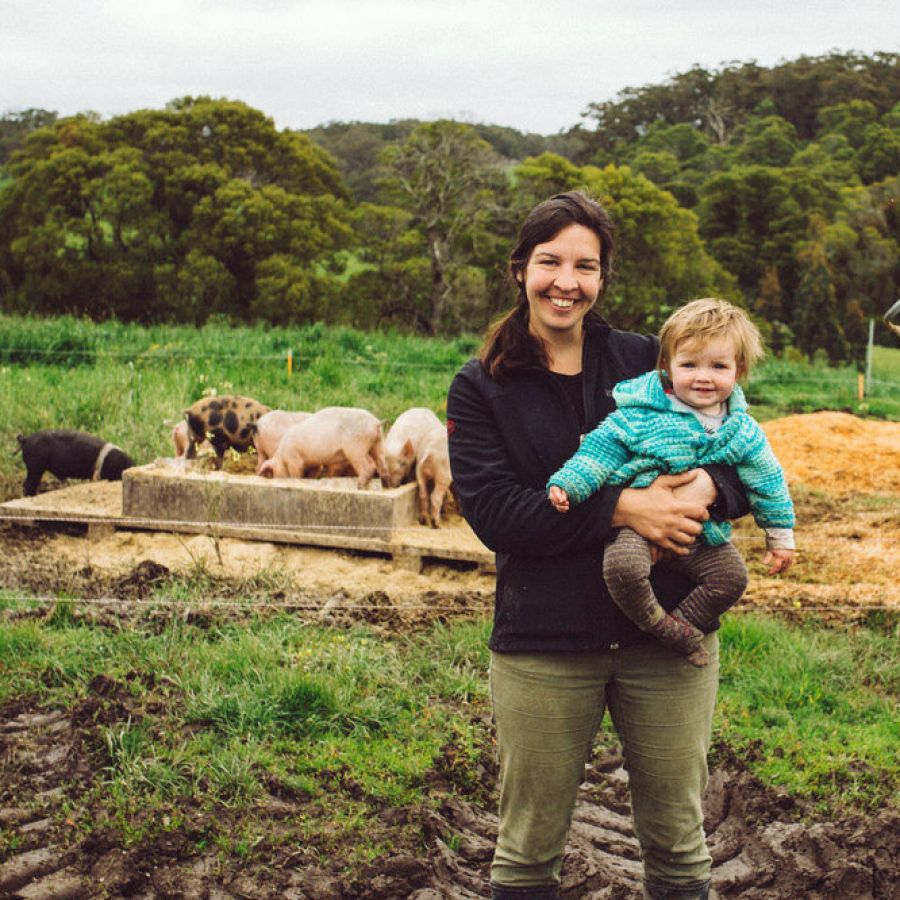Sheep Standards
Better Choices sheep producers recognise and comply with legislation in states and territories covering animal welfare and regulation of husbandry procedures.
Producers should always consider other management solutions before resorting to painful interventions or treatments such as for breech strike. Mulesing is only carried out in circumstances in which it is clearly in the best interest of the long-term welfare of the sheep.
For essential husbandry procedures, it is important that these are done correctly under veterinary supervision and/or in accordance with recognised industry guidelines.
All Better Choices sheep producers undertake accreditation or use contractors that are accredited under the National Mulesing Accreditation Program*.
Pain relief during routine husbandry procedures is now expected. One product is not enough: combined local anaesthetics and NSAIDs provide better relief. Local anaesthetics provide immediate relief but are short-acting; NSAIDs give longer duration relief but not for immediate pain.
Better Choices primary producers must self certify that they have used used pain relief during surgical and non-surgical husbandry procedures, for all animals in their care, and identify their routine veterinarian and/or retail supplier of pain relief products.
If you have eliminated or conduct any of the following procedures and use any of the products listed below, then we want to recognise you as a Better Choices sheep producer!
Procedure
Flystrike is a potentially fatal condition that affects sheep and can lead to extreme distress if not treated in time. It occurs when flies lay eggs on the skin of a sheep, resulting in maggots hatching and burrowing into the flesh. Mulesing is a preventative measure taken by farmers to reduce the risk of flystrike in their flocks. This involves removing the skin around a lamb's hindquarters to create a smooth scar which provides less skin folds for flies to lay eggs in. Although this is an uncomfortable process, it can be beneficial to the overall health and welfare of sheep and lambs, ensuring they are safe from flystrike. Mulesing should always be carried out humanely, using methods that minimize pain and distress for the animal.
Tail docking of lambs is a procedure which involves the removal or partial amputation of the tail. This practice is often done to male lambs, usually under 12 days old, and it can be done surgically or by using rings or bands. Tail docking helps to prevent flystrike in sheep, as well as reduce soiling due to manure.
Tail docking should always be carried out humanely, using methods that minimize pain and distress for the animal.






